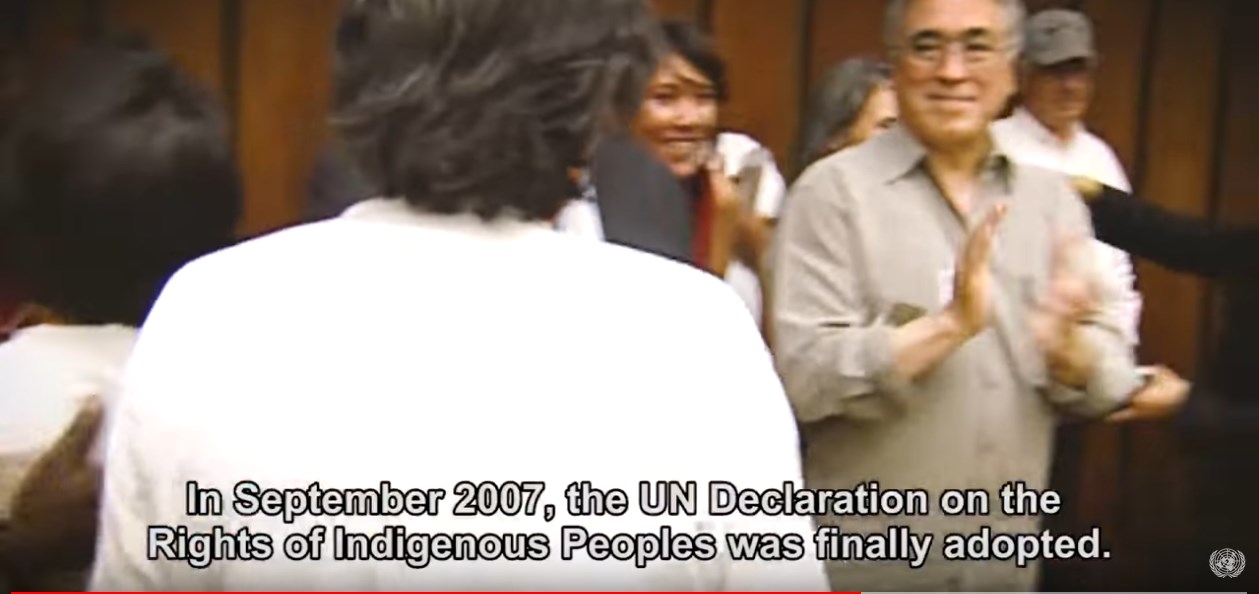
Ainus picture on the above. Ainus, first People of Japan
Ainu, First People of Japan, The Original & First Japanese
The Fascinatingly Mysterious Origins of the Ainu

Ainu and their ancestors, the Jōmon, came from Central Asia about 40,000 years ago to Japan. They carry haplogroup D-M55, which is distinct from other D branches since more than 56,000 years. According to Sakitani, a Japanese geneticist, they are not related to any modern ethnic group. Another Japanese anthropologic and evolutionary geneticist, Noriko Seguchi, says that most Jōmon (and thus Ainu) originated somewhere in Siberia (or Central Asia itself, and were closer to the many Caucasoid groups than to Mongoloid groups. He suggests the possibility of a basal lineage that splitted from early Caucasoids. Other studies support a link to the Cro-Magnon people of ancient Europe and the Middle East during the Paleolithic.

101 East looks at Japan's indigeneous people and their fight for cultural survival and acceptance. Over the last century, they have seen their traditions and their language stripped away, along with their ancestral lands. But after generations of oppression, racism and forced assimilation, change



Japan's Ainu | 101 East The Ainu - Japan's Forgotten People | The Real Japan | HD




Ainu, First People of Japan, The Original & First Japanese
http://BrainMind.com Ainu, First Peoples of Japan. The Ainu arrived in Japan maybe 14,000 years ago, 10,000 years before the Japanese. They were killed, enslaved and driven off their lands, taking refuge in the northern islands of Japan where they now number less than 25,000.
More images of the Ainu people




